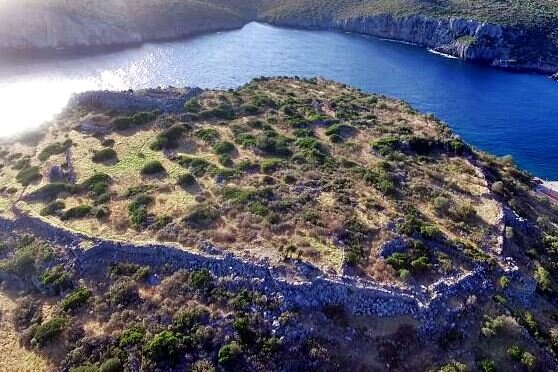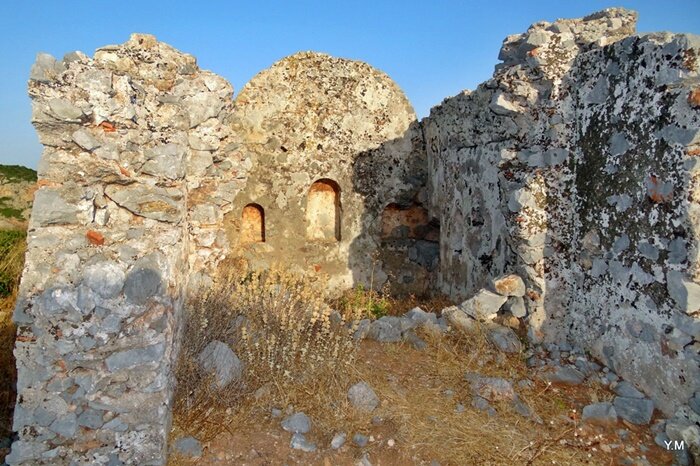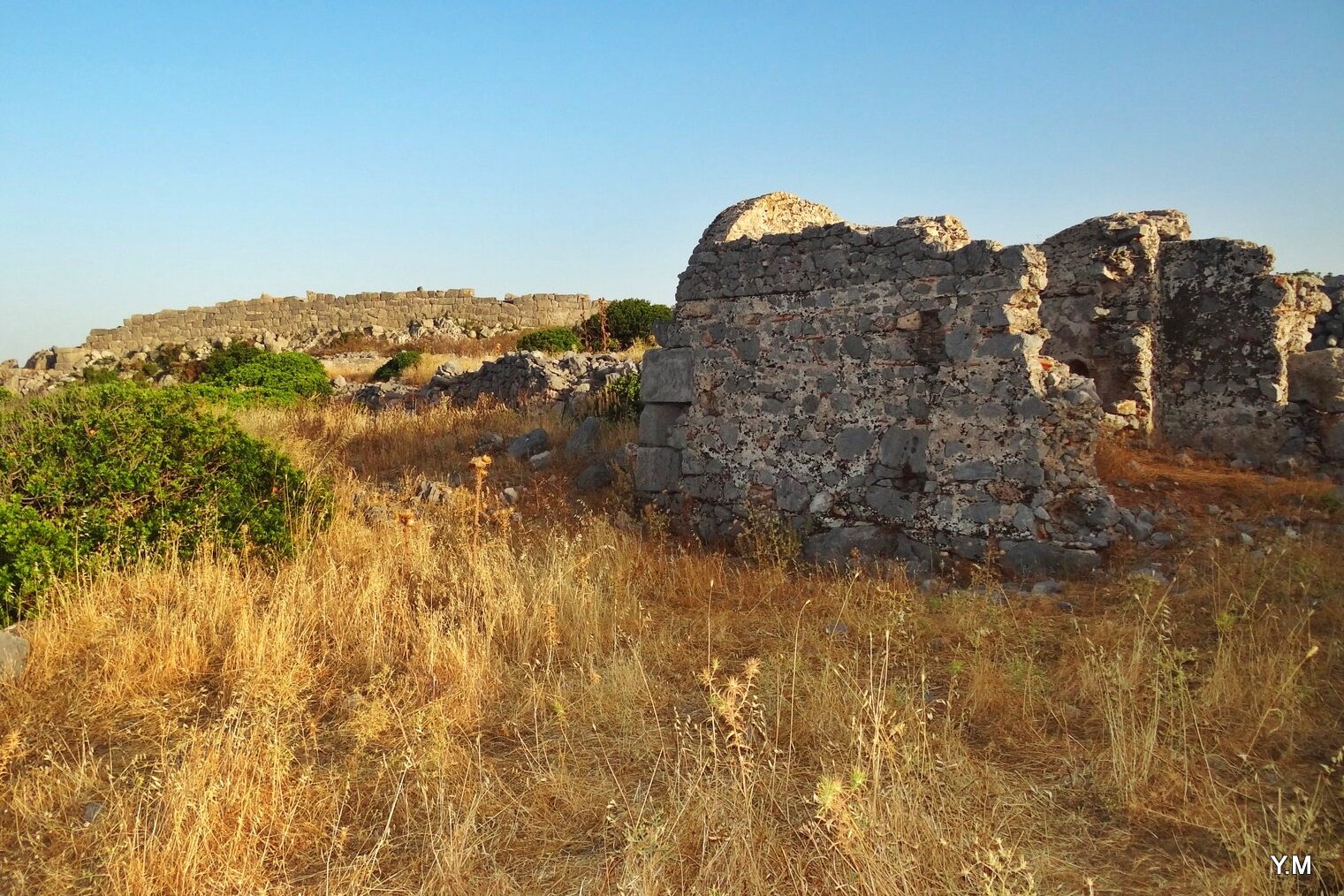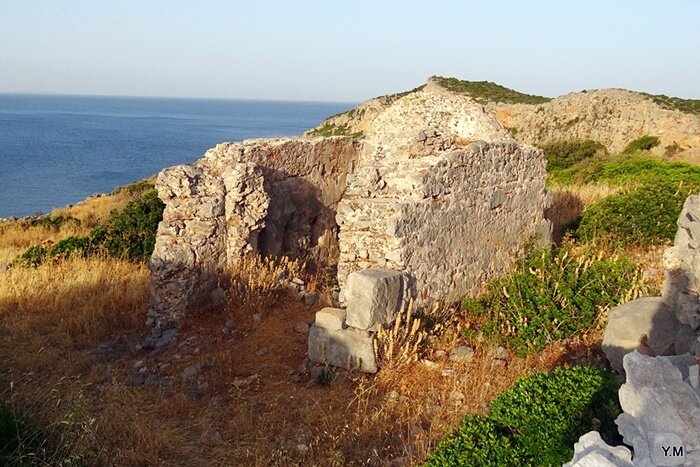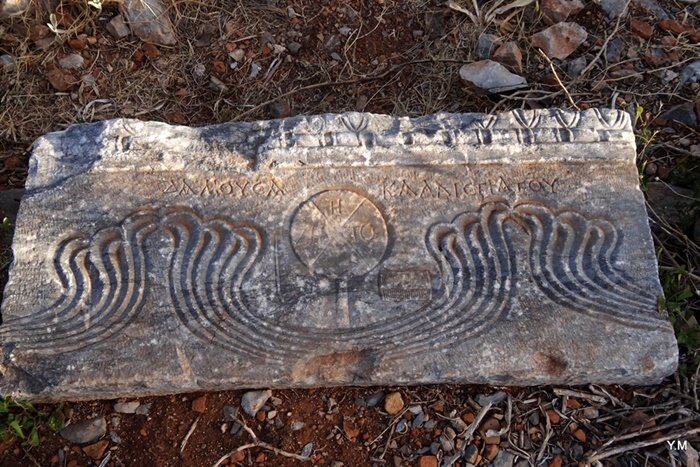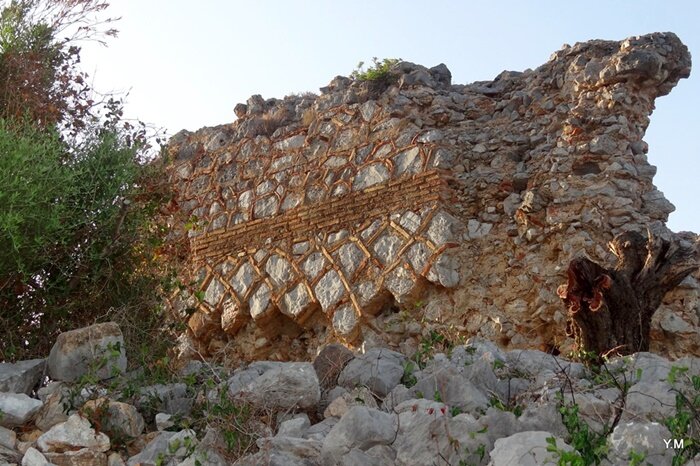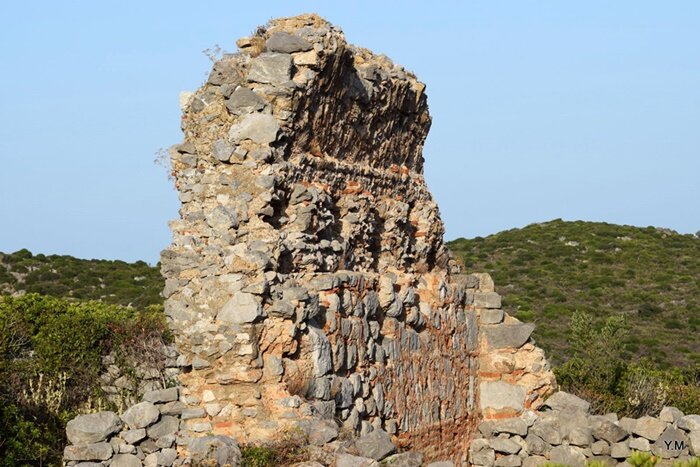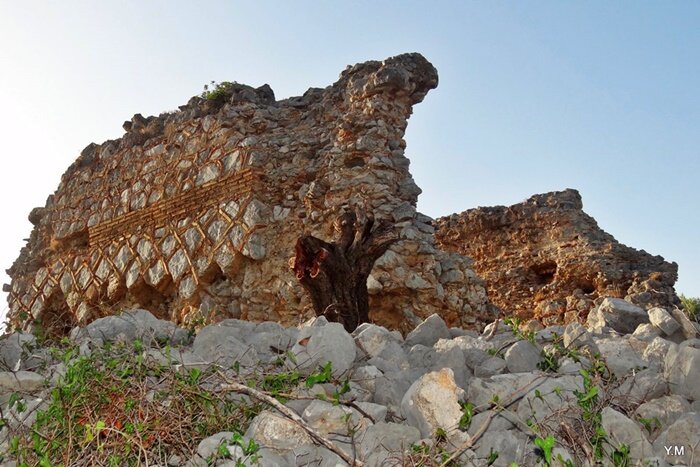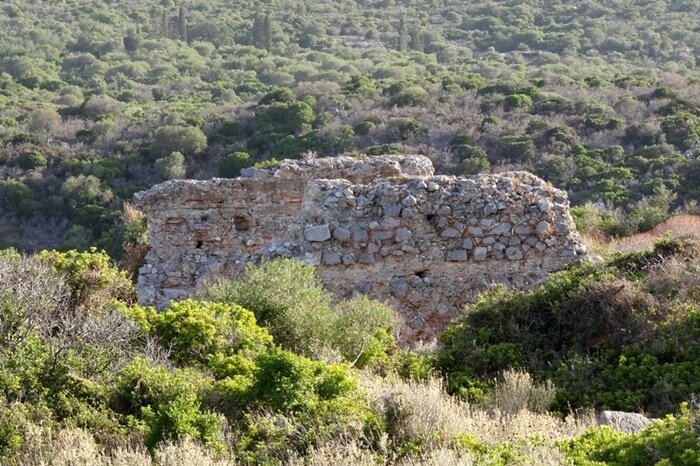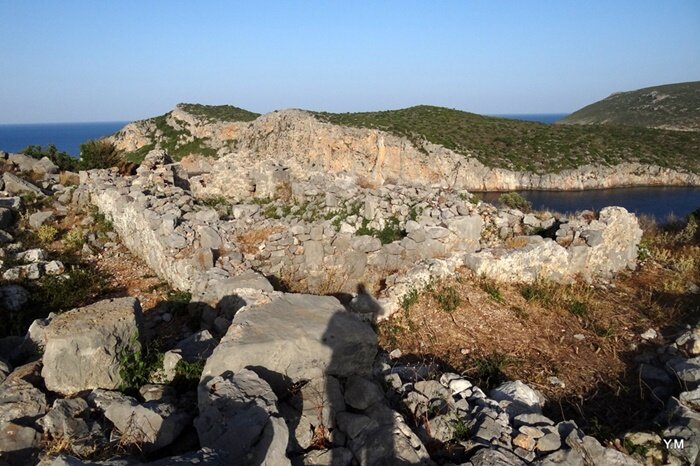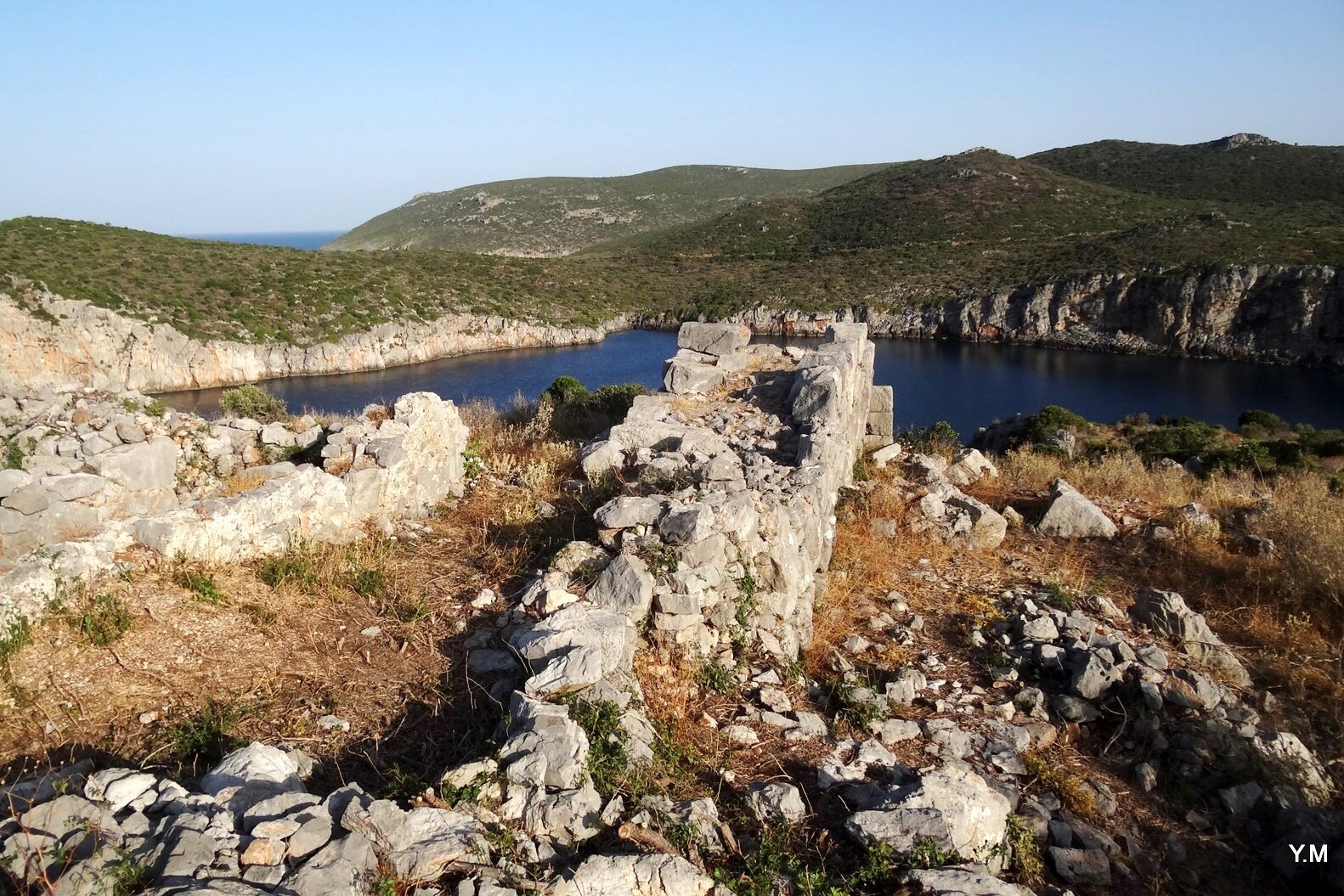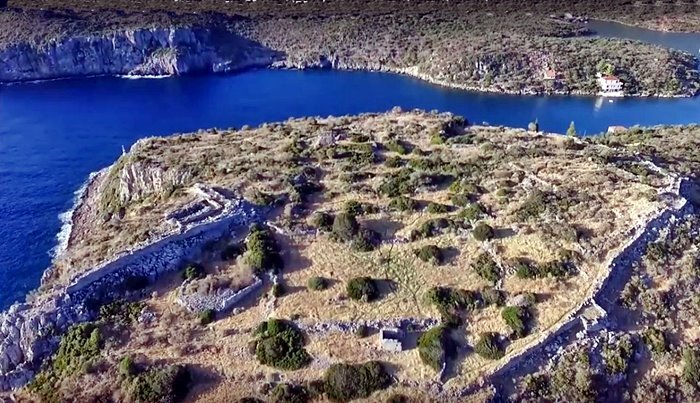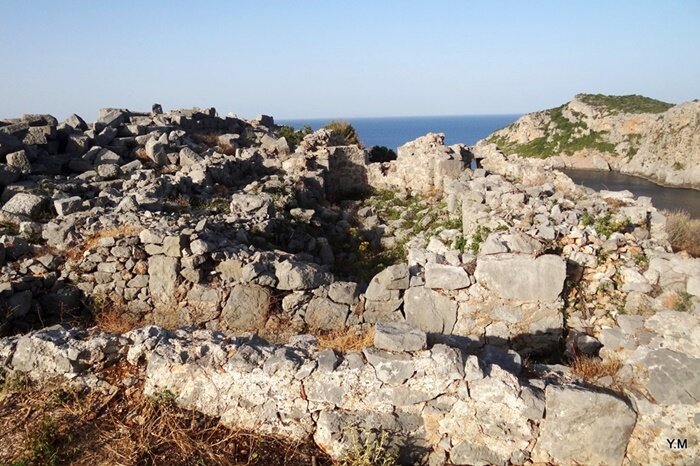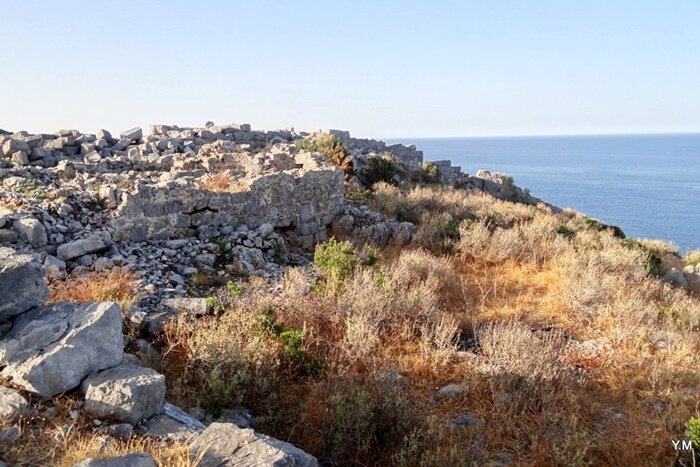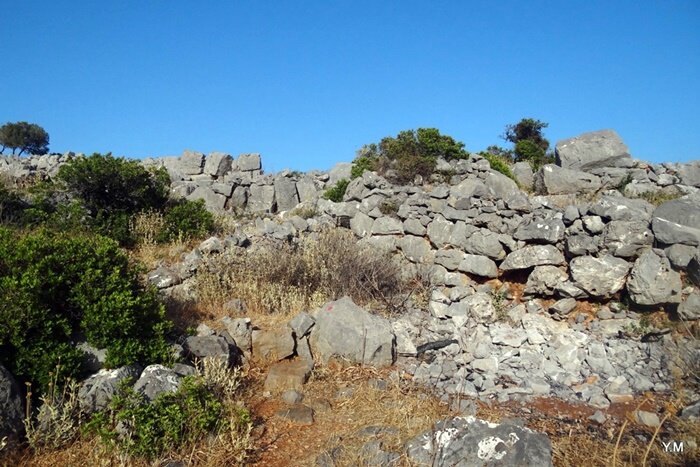Ancient city and fortified port that remained in use during the Roman and Byzantine periods.
Both the ancient walls and the later Roman and Byzantine additions are visible in the archeological site of Zarax.
History
The city is located on the southern tip of a small peninsula bordering the Bay of Gerakas to the north, on the east coast of Laconia. The city's fortification walls and the citadel of Zarax were probably built on this site during the Hellenistic era (3rd century AD).
According to the traveler Pausanias, the city received its name from the Lacedaemonian hero Zarikas, who founded it between 1300 and 1200 BC. The sanctuary of Zarakas existed even in Attica. Zarikas or Zarakas was the son of the king of Karystos, Petraios.
Zarakas was located in the south of the territories of Thyreatida and Kynouria, which were fought over by the Argives and Spartans in ancient times, and for this reason its naturally fortified location was reinforced with impressive walls in Hellenistic times. The strength of the fortification may also be related to the economic prosperity of the city due to the port.
In 272 BC there was great destruction by Kleonymus, son of Kleomenes II, who had sought the help of Pyrrhus, king of Epirus, to take power from Areas, his brother's son.
It is about this time that the name Ierax is first mentioned, and as it is best known, Gerakas. Perhaps because its location makes it look like a bird of prey watching the whole area or perhaps because of the change of the word Zarax.
The city belonged to the Free Laconians in the Roman Times. Zarakas, the safe harbor, according to the characterization of Pausanias , was abandoned in the 2nd century AD. . In the open space between the inner and outer walls, however, buildings from Roman times are visible today, while inside the citadel a three-aisled Christian church was built in late antiquity.
In later times Zarakas belonged to the territory of the Metropolis of Monemvasia, as mentioned in an imperial law of 1301, by the Byzantine Emperor Andronikos II Palaiologos. According to travelers, the area was later called "Porto Bottas", while Pouqueville mentions the name "Porto des Tonneaux" and Leake the name “Porto Cadena”.
Structural, architectural and fortification elements
The entrance to the city is through a fairly well preserved gate, an excellent example of the fortification technique of the Hellenistic period. Remains from the Roman period are also visible at high altitude in the space between the two defensive walls.
The line of the outer fortification is preserved on the north and west sides of the archeological site. The defense of the wall was reinforced by at least eight towers of rectangular or square plan, while in some places traces of repairs from later years are visible. The citadel was built on the eastern side of the area defined by the outer fortification. This last refuge in moments of great danger, but also a possible post for the guard, was surrounded on the north and west sides by a wall built in an irregular polygonal shape, while the eastern escarpment, naturally protected the citadel.
The entrance to the citadel was through an impressively preserved strong gate in the northwest corner of the wall, whose defense was reinforced by a massive tower. The entrance passage, which can be dated to the years after 272 BC, has the form of a narrow corridor, 1m wide, going north and then turning east. This narrow corridor had to be closed in two points with wooden, non-permanent doors in case of danger. In the event of an attack, even if the first door was breached, the enemies would encounter a second door in the narrow corridor and in complete darkness.
At the time of the traveler Pausanias in the 2nd century AD the only important building in the area of Zarakas was a temple of Apollo with the statue of the god. The remains of this temple have not been found.
Remains of later buildings are visible today in the space between the walls. Particularly impressive is a vaulted building from the Roman period, the walls of which were built using mixed techniques and are preserved at a great height. The building type and exact dating are not yet clear, as the site has not yet been excavated. In the area of the citadel, there are also remains of a three-aisled basilica from the Christian era, which has also not yet been excavated.

